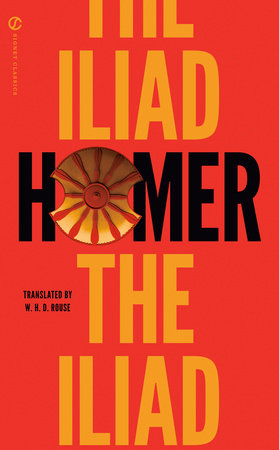In his Meditations, Descartes cites watching people bundled in winter dress at a distance as an example of the gap between perception and judgment:
If I look out of the window and see men crossing the square, as I have just done, I say that I see the men themselves…; yet do I see any more than hats and coats that could conceal robots? I judge that they are men.
The narrator in John Trefry’s Plats dismisses Cartesian judgment altogether, relying on the lie of perception that would reduce others to pure color and form. But perhaps that’s not quite right: Trefry’s narrator, who himself is not quite fully human, and by “human” I mean possessing judgment and individuality, seems to require scare quotes. He is not so much a narrator as sheer narration itself: a near-endless barrage of perceptions that he can’t quite adjudicate to save himself:
What you feel in the darkness isnt consistent with any physical possibilities, if you knew the shape of your body or where it lay. It is diffused and adrift. Your senses burn where they shouldnt, amidst you, all of it is you and you are filled with so much vague geography. In the rolling black shiver that fans through you the touch is consistent, liquid ice, or oil asymptotically kissing freezing. You dont reach final states. You remain on the verge. It is so still and so uniform that it touches you completely at once, with the same anesthetic pace across your unfolded perception, a perfect unreflective blackness from which your own extents, in the way that you want them, are not visible or present. You feel the coldness describing them, but they are gone.
The text relies on idiosyncratic punctuation. It forgoes hyphens, apostrophes, and even most question marks even while retaining a rather elevated diction. That is, the text reveals itself in a depleted, exhausted state while still operating under the pretense of literature.
It took me a few years to work up the stamina and courage to read this book. Every time I would open it, and I opened it repeatedly, almost every time I finished one book and was trying to decide on another, I’d see the intimidating blocks of tiny text in a seemingly endless repetition of structure and form. Each paragraph, each page, every eleven lines mirroring all the other paragraphs, pages, and blocks of eleven lines—a structure that doesn’t seem to allow for progression and development.
It is as if Trefry took Blanchot’s literary experimentation to an extreme, scraping away the conceits of literature, of plot, of character, of theme, etc. until literature shows itself as literature in a state of diminishment. Literature as the erosion of what is literary. But Blanchot wrote abbreviated tales that barely amount to a collection of short stories. Trefry’s “novel” is 156 pages. Here, too, the scare quotes are befitting.
If a novel does away with the elements that make up a novel, then what does that leave on the page? In the case of Plats, I’d say it is mostly setting and style. At least those are the two main elements that stick with me. In this way, Trefry comes close to fulfilling Artaud’s dream of a theater of pure mise-en-scène for Plats accedes to the primacy of place and props while dismissing those other literary conceits. It is called, after all, Plats and not Plots, for it most definitely concerns property, pieces of land, and architectural features to the detriment of diegesis.
The text harnesses the dissolution of character into props and the subsequent dissolution of props into setting, but it’s a setting devoid of actual context. Plats takes place in a landscape formed by the deformations of character and narrative. What’s more, the context provides no causal relation. It is utter sedimentation, as if accrual could stand in for development:
I promote the insistence that these phenomena of light and the manifestation of the cavernous formations are reflections. Through the atmospheric theatrics of vapor an emptied environment allows the surface characters of sheen and glimmer to prevail. These are subtle performances, the edges of characters. Little light reaches into the shallow dips of fingertips where I pool. My presence is far too sparse and oblique. In a downcast vista I receive distant and detached twinkles traveling through liquid gauze. Each drift of my milky cloud, growing more distant from the touch of the lipid light, has resulted in a softer rendering of the heaped body. I settle to await the transubstantiative dawn. I submit to the pliability of dew.
Or to put it another way, this is not development in the form of traditional narrative but development in the form of city planning: a cancerous growth that repeats tirelessly, reducing all difference to a blanketing a-topic sameness of place. Literature as accretion that raises parataxis to an ideology. There is no evolution, growth, or progress. It’s a sedimentary storytelling that renounces all the qualities of what goes into a story.
For at least a quarter of the book, I called Trefry’s bluff and read across the pages instead of down them. That is, instead of reading Paragraphs 1, 2, and 3 on the left-hand page before going on to Paragraphs 1, 2, and 3 on the right-hand side, I would read both Paragraphs 1, then both 2, and then both 3, which seemed to make stronger connections among the otherwise seemingly unrelated paragraphs.
Reading Plats was like induced amnesia, though perhaps it didn’t help that I read the book while recovering from the worst concussion of my adult life. It made reading a type of forgetting, and as soon as I was able to pretend that I no longer knew what literature was supposed to be, I was able to embrace it for what it was.


